Learn how to setup Your Car correctly
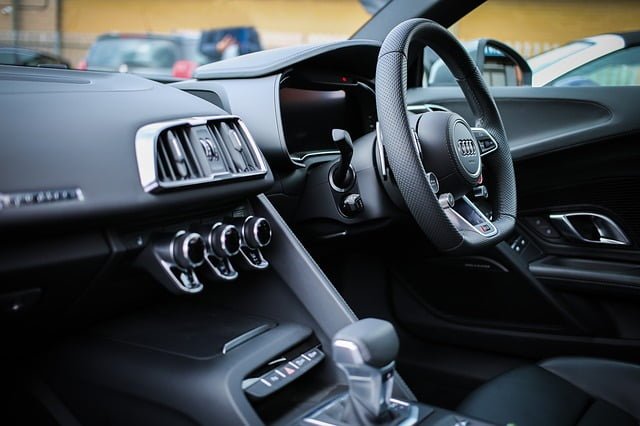
Beginners need to learn how to setup their car correctly from day 1
Setting
up your car from the beginning with safety, effectiveness, and efficiency in
mind will keep you safe, help you keep your licence, and increase your driving
enjoyment. It doesn’t take a lot of time or money to set up your car in a way
that best serves your needs and keeps you trouble free; it just takes a lot of
careful thought and patience.
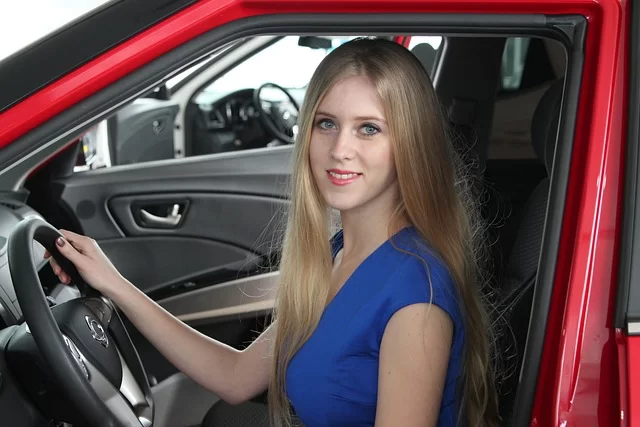
Remove your phone from the equation
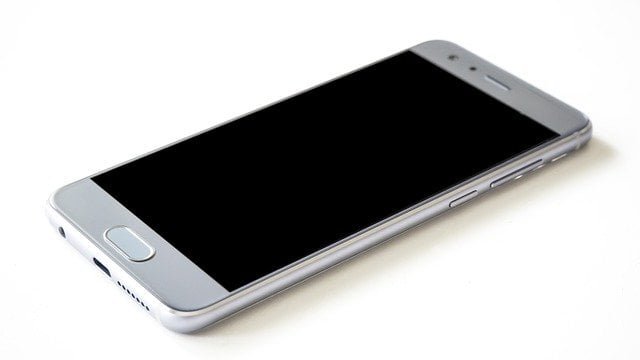
There are a few things to consider when setting up or equipping your car, and not all of them are the fun and cool things that race through your thoughts the first time you bring your first car home.
The first priority is safety, and one of the most dangerous items in your car is your mobile phone (cell phone). It is critical that you never allow yourself to be distracted when driving a motor vehicle on the road by your phone ringing or the noise your phone produces when a message or notification is received.
Holding your mobile phone in your hand whilst driving a motor vehicle is illegal, extremely dangerous and stupid. If you are distracted talking on your phone and something happens that requires your full attention, you could end up causing yourself serious injury or death and endangering the lives of other motorists.
Turning it off and storing it in your glove box, backpack, or handbag is the safest option; you can turn it back on once you reach at your destination. After all, even if your BFF has to wait 45 minutes to find out what you’re wearing to the club tomorrow night or whether you could come over and help move the sofa, the world will go on, your BFF will get over it and forgive you.
If you can’t handle the thought of shutting off your phone and missing a call, you must be able to answer the phone without breaking your concentration. If your car is a late model, it will almost certainly have Bluetooth, so it’s just a matter of connecting your phone to your car, after which you can put your phone in the glove box or your bag, removing the temptation to touch it.
Authorities in Australia are quite concerned about you not using your phone while driving and have a large number of specific cameras put all over the place dedicated to capturing you using your phone while driving, and if they do catch you, it’s a minimum $1,000 fine.
If your car is a little older and doesn’t have Bluetooth, don’t worry; there are some incredibly good Bluetooth kits you can buy or have professionally installed that will accomplish everything you need. I believe the most important aspect of these purchases is that you have basic necessities in mind rather than a brand.
It should be a Bluetooth hands-free system with a large screen, preferably at least 2.4 inches, that can be installed in a suitable area for easy viewing and control. It must support wireless remote control for all functionalities. It should provide voice recognition, automated phone book synchronization, and speech synthesis of phone book names and call records. The screen should be able to display your phone book, caller id, and, while not essential, you’ll appreciate being able to listen to your digital music in your car as well.
Alternatively, if you leave your phone on, put it in your bag or glove box, and then when you hear it ringing, let it ring out, there’s nothing you can do about that, but at least now you can start looking for a designated parking area off the road somewhere for you to park your car and then call back whomever called you, hopefully not a spam caller.
Remember, to legally use your phone in your car, you need to be parked with your engine off.
Get your car thoroughly checked asap
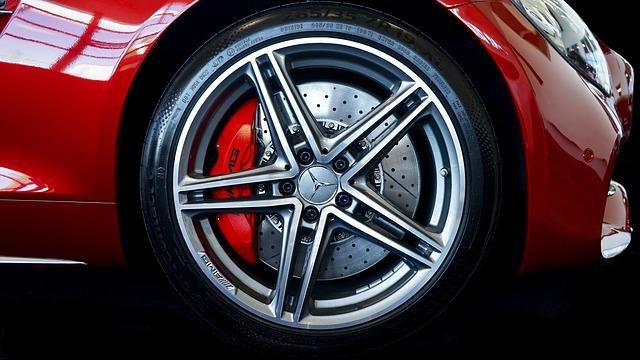
If you recently acquired a used automobile, perhaps you followed my advice on the Buying A Car page and had a pre-purchase vehicle examination completed by a respected automotive business prior to taking ownership of the car.
If not, no problem but there’s a few things you should get checked urgently before you do too much driving in it. Get your car serviced with a few extra checks thrown in and be prepared for some unplanned expenditure.
You need to establish a baseline for your vehicle, by this I mean, as of a certain date, this is the operational and safety status of your car.
Before settling on where to take your car for a service, find out how much of what they do for your money, as it’s very important you know what’s been checked every 6 months.
During a service they should check your front and rear brakes, report how many mm remaining and during the road test, perform a vehicle safety stop test and provide you with the readout.
They should inspect and clean the air filter, cabin filter (if equipped), inspect the air intake for contamination (if diesel), and clean the Mass Air Flow/Manifold Absolute Pressure sensors (if fitted). They should check and, if necessary, adjust the handbrake, check tyre wear and pressure, and report how many mm remain and pressure applied to the tyres. It is important to note that the minimum legal depth of tyre tread allowed is 1.5mm, but most people will replace their tyres when they are down to 2mm.
They should inspect and test your vehicle’s front and rear suspension, all lights (interior and exterior), and brake/clutch fluid. Power steering fluid, transmission/gearbox fluid, and diff/transfer case oils should all be checked and tested (if applicable). They should check and test your coolant and pressure test your cooling system, as well as test and report on your battery and charging system.
They should inspect all fluid levels and replenish any that are low, including the windscreen washer bottle. They should also clean your front and rear windscreens and report on any stone chips, cracks, and so on. If they do detect a problem, take your car to an auto glass shop right away because repairing a windscreen is far cheaper than replacing it. Finally, they should place a service reminder and registration reminder sticker on the inside of your windshield, fill out your vehicle servicing log book (if you got one with your car), and then reset the service reminder light.
If any items are discovered during the safety check, they should contact you before changing any parts to obtain your permission first. Anything that is not essential should be listed from most important to least important, with an ideal deadline to have those issues done, so you may focus on the most important items first.
Where the rubber hits the road

A high-quality tyre includes grooves in the tread that improve overall tyre stiffness and enable quick steering wheel responsiveness. Most high-quality car tyres are made using Silicon Dioxide, which improves performance in wet conditions, reduces rolling resistance by around 20% and keeps the level of heat build up low while also increasing fuel economy by about 4%.
It is crucial that you purchase the right tyres for your wheels. A high-quality tyre will give you improved riding comfort, shorter braking distances, and superior performance in wet weather conditions.
I’m not sure there’s any such thing as the perfect tyre for all situations but I think it’s entirely possible to equip yourself with tyres that are most suitable for the type and quantity of driving you intend to be doing.
Because each tyre has a unique tread design and rubber composition, determining the best tyres for your situation usually entails weighing up a variety of tyre characteristics, such as grip and durability.
If you want improved traction, for example, you’ll need softer rubber compound tyres. These tyres will improve your car’s road contact, allowing you to accelerate, brake, and turn more rapidly without losing traction. A softer rubber compound, on the other hand, wears down faster, which means your tyres won’t last as long.
Although a tyre composed of a harder rubber compound lasts longer, it won’t offer as much traction and handling. This could add a level of danger to your driving experience. Antilock Braking Systems and Emergency Brake Assist are two crash prevention braking systems that are now standard on many different automobile brands. If this applies to your car, you’ll want to take advantage of these contemporary characteristics, therefore it’s crucial to install top quality tyres that are the most appropriate tyres for your vehicle.
Space saver tyres are not your friend
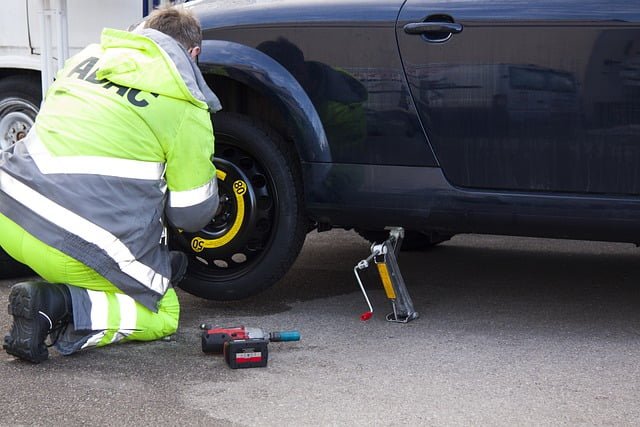
Although space saver wheels/tyres are not standard equipment for all cars, they are definitely common in the present era. All tyres naturally lose air through the walls, and the spare is the least-checked tyre on the car. Whether your car came with a full size spare or if you were unfortunate enough to purchase a car that only comes with a space saver, the air pressure in your spare tyres should be checked once a month.
A flat spare tyre is as useful as a flyscreen on a submarine.
Space savers are a temporary spare, and their only purpose is to get you out of harm’s way and to the closest tyre shop, mechanic, or your home. In almost all situations, they have a speed limit of 80 km/h (50 mph), although this can vary, so always abide by the manufacturer’s instructions. Depending on the manufacturer and type, you can normally travel a few hundred kilometres on a space-saving tyre.
They should ideally only ever be put on the back wheels rather than the front steering wheels, therefore if you only have a space saver in your car and you get a flat front tyre, you’ll need to replace the front tyre with one of your back tyres and then install the space saver on the back. To be honest, you’re going to despise having to do it.
Another issue with Space Saver tyres is that they do not grip the road as well as standard tyres, limiting steering and stopping ability.
Although you are unlikely to enjoy my advice in this circumstance, I urge that you acquire a full size wheel/tyre and store it in your boot. So then you’ll have a full size spare as well as your space saver. The full size spare will take up a lot of space in your boot and will be inconvenient, but you will thank yourself at least once for doing so when you do get a flat.
The advantage of having a full-size spare is that you can rotate your tyres using it, spreading tyre wear over five rather than four tyres. You can’t do this with a space saver.
Contact Us


